There have been some wonderful movies showing over Christmas and the New Year.
Ang Lee’s Life of Pi, based on Yann Martel’s novel of the same name, is spell bindingly good. The story revolves around a 16-year old Indian boy called Piscine Molitor, “Pi” Patel, who suffers a shipwreck in which his family dies. He is stranded in the Pacific Ocean on a lifeboat and raft with a Bengal tiger named Richard Parker. We poignantly share in Pi’s journey of self discovery and his spiritual awakening – and how he ultimately places himself in God’s hands.
Many of the themes which make the Life of Pi such a good yarn can also be found in this year’s other epic movie, J.R.R.Tolkien’s The Hobbit – brought to the screen by Peter Jackson. Here, too, is a battle against all the odds, another journey of self discovery and a reliance on a faith which sees you through.
The Hobbit, or There and Back Again (to give it its unabbreviated title), was published on 21 September 1937 and was nominated for the Carnegie Medal. It paved the ways for “The Lord of the Rings”, which followed in 1954.
In a letter which Tolkien wrote, in1955, to W.H.Auden, he says he began to write The Hobbit in 1929 while marking school examination papers. On coming across a blank page he felt inspired to write the words, “In a hole in the ground there lived a hobbit.” By late 1932 he had finished it and then lent the manuscript to several friends, including C.S.Lewis.
Having been read by millions, 75 years later The Hobbit is now being viewed, as part of a trilogy, in cinemas across the country. The Hobbit– An Unexpected Journey – will be followed in 2013 and 2014 by The Desolation of Smaug and There and Back Again
The story of The Hobbit is located “Between the Dawn of Færie and the Dominion of Men” – and tells the tale of the home loving, adventure adverse, Bilbo Baggins who sets off to gain a share of the treasure which has been appropriated by the Dragon Smaug – who now guards his hoard. The story culminates at the Battle of Five Armies, and in this climax we meet again, as combatants in this defining conflict, many of the characters encountered in preceding chapters.
The story of the hobbit is about the growth of individual character and courage, about the solidarity of fellowship, and the nature of evil.
It takes us out of the usual comfort zones – second breakfasts and sumptuous delicious mouth watering teas at four o’clock much favoured by all hobbits.
The last thing which Bilbo wants is the appearance at his home of the wizard, Gandalf – and thirteen very disorderly dwarves who have been dispossessed of their homes and country – all of which threatens to disrupt Bilbo’s ordered routine.
In 1937 Britain’s political leaders felt much the same as Bilbo about Europe’s dictators and offered the excuse that these were “far away countries about which we know very little”.
The prevailing climate was that it was better to stay at home than to go and pick a fight with some nasty European dictator. Appeasement was not yet a dirty word. Bilbo Baggins has been compared with Neville Chamberlain – then the Prime Minister – as a creature who simply favoured a quiet life.
Like those reluctant to see their lives disturbed by unwelcome events, Bilbo spends his life “dreaming of eggs and bacon” and of his well stocked larder.
Uncomfortably, Gandalf gives him the unwelcome reminder that Bilbo’s mother was a Took and that more is expected of him than complacent indifference.
Thorin, the dwarf king is initially sceptical and contemptuous of Bilbo and fails to see Bilbo’s inner strength and qualities and Thorin has to radically reassess his first impressions – ultimately describing the hobbit as “the child of the kindly west.”
In describing the setting for his epic tale Tolkien wrote: “The board is set, the pieces are now in motion, at last we come to it – the great battle of our age” – true for Europe as well as Middle Earth.
Many of the characters portrayed by Tolkien were deeply influenced by his own experiences and by the men he encountered during the First World War while serving in the Lancashire Fusiliers.
In The Lord of The Rings we meet Tolkien’s Samwise Gamgee, the hobbit, who remains totally loyal to Mr. Frodo and who ends up carrying him and the ring to the destiny which saves Frodo and Middle Earth. Sam is like Simon of Cyrene, sharing his Master’s burden and at the climax his devoted loyalty in following Frodo to the very end is rewarded as the burden is lightened and he is transfigured.
Tolkien said:
My Sam Gamgee is indeed a reflection of the English soldier, of the privates and batmen I knew in the 1914 War, and recognised as so far superior to myself.”
Sam’s humility turns him into the greatest of Tolkien’s heroes. Although he is only Frodo’s gardener, Tolkien is reminding us that so often we miss what is important about the people we meet, what matters most, and too frequently judge them by the job they do or their social origins. Tolkien says that his stories are concerned with ‘the ennoblement (or sanctification) of the humble’ – and the meek Sam certainly inherits the earth.
It will be Frodo, Sam and their companions, the next generation of hobbits – “children from the kindly west” – not Bilbo nor his alter ego, Chamberlain – who will be called upon to save Middle Earth from the evil which now threatens to engulf and destroy it.
It is hardly coincidence that The Lord of The Rings is written while the fight against totalitarian forces is raging and as Churchill is called upon to lead the country through the Battle of Britain.
In “The Hobbit” Tolkien isn’t writing a polemic and his story works at any number of levels. He wants to take us into a new world, a different universe, but one which relates to our own. Underlining this is his use of runes, both as decorative devices and as magical signs within the story, introducing us to a new language – as you might expect from a professor of philology. The stories are also full of pointers to Tolkien’s faith and he wrote that “The Lord of The Rings” is of course a fundamentally religious and Catholic work, unconsciously at first, but consciously in the revision”.
C.S.Lewis, writing in The Times said that both children and adults would enjoy “The Hobbit”: “The truth is that in this book a number of good things, never before united, have come together: a fund of humour, an understanding of children, and a happy fusion of the scholar’s with the poet’s grasp of mythology.”
Peter Jackson has produced a movie worthy of that story and, to use another of Lewis’s phrases, it is a story which requires adults and children alike to go “further up and deeper in” and to discover the richness of the many stories within the story.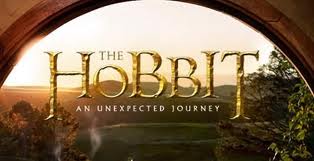
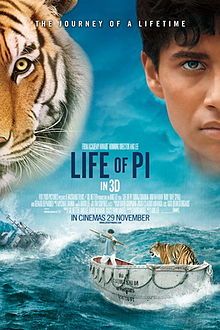
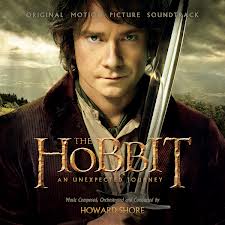
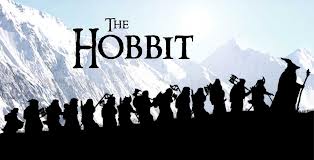
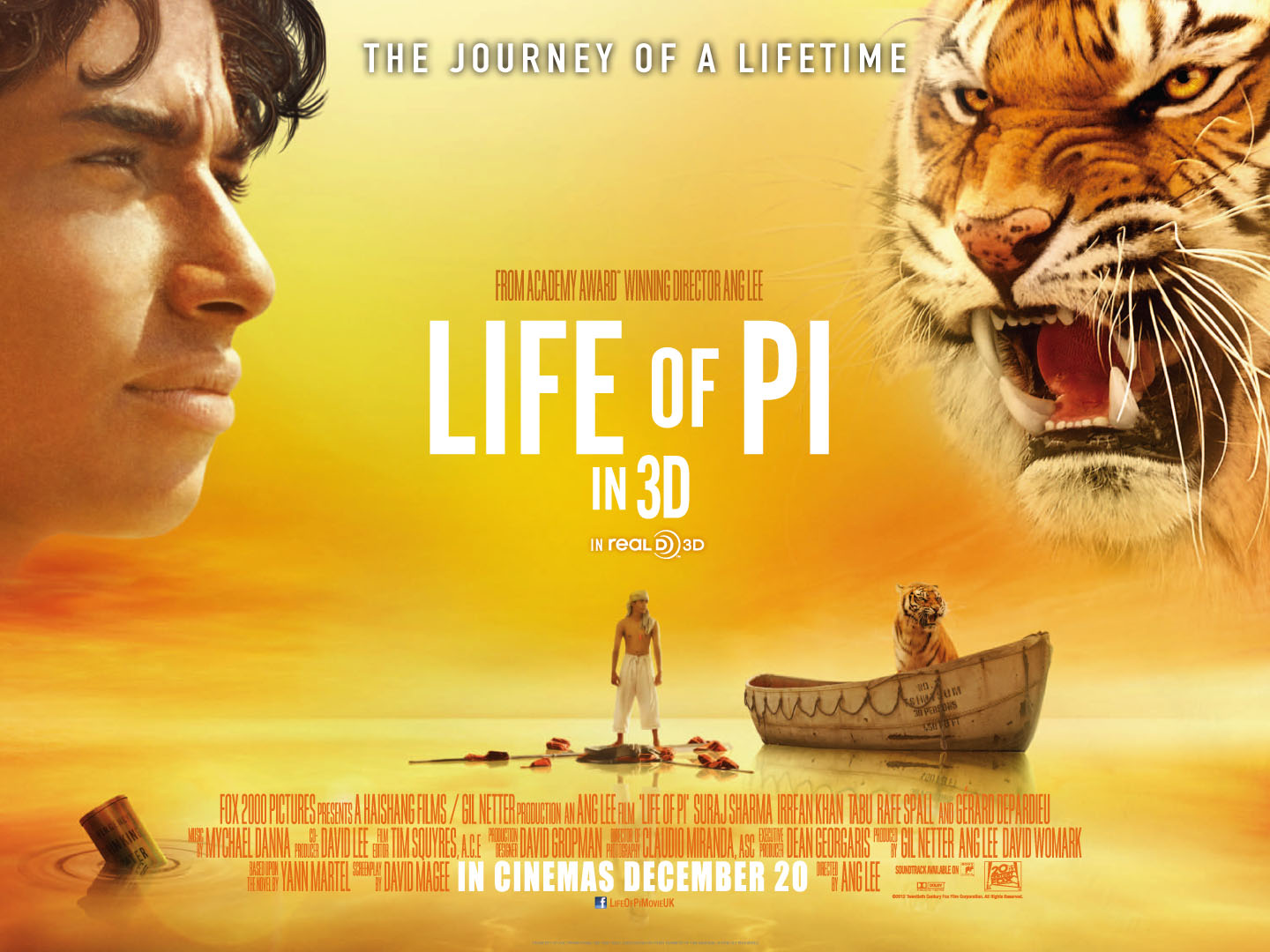
Why there must be a statement to Parliament about the Wuhan Covid lab leak. We must never forget the bravery of Zhang Zhan, Li Wenliang, Ai Feng and other courageous Chinese who tried to tell the truth about the origins of Covid 19 – a killer responsible for the deaths of an estimated 18 million people. For her courage and suffering, Zhang Zhan should be nominated for the Nobel Prize.
https://www.bbc.co.uk/news/articles/cd9qjjj4zy5o...

